Cultural Studies Review: Haunted vol. 10, no. 2
$29.95pb, 240pp
Meanjin: Australia's Britain vol. 63, no.3
$22.95pb, 236pp
Get Interpellated
In the latter decades of the twentieth century, the idea of ‘culture’ was radically democratised. The meaning of the word shifted away from the old, exclusive definition – culture as ‘the best which has been thought and said in the world’, as Matthew Arnold put it in 1869 – and became a more inclusive concept that took in popular forms. We have become used to the idea that there is no clear dividing line between high and low. There is something liberating about having the freedom to treat popular cultural forms as the objects of serious attention. Even Meanjin, the most venerable and literary of these three journals, can publish an essay – an interesting. well-written and intelligent essay – on a pair of television soaps without it seeming out of place alongside more traditional subjects. But while some barriers fall, others go up. Cultural studies, as the academic discipline that has sprung up to exploit this relatively new freedom, faces the question of whether it should direct itself toward a general, non-academic audience or police the distinction between ‘serious’ academic writing and the kind of analysis that might be found in the mainstream media.
Continue reading for only $10 per month. Subscribe and gain full access to Australian Book Review. Already a subscriber? Sign in. If you need assistance, feel free to contact us.


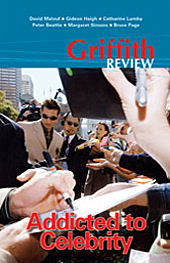

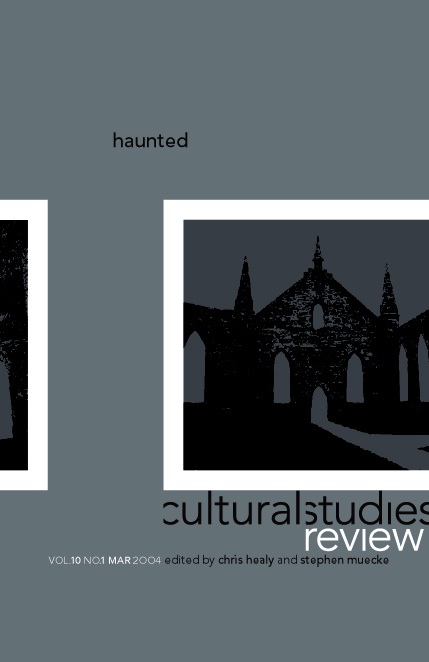



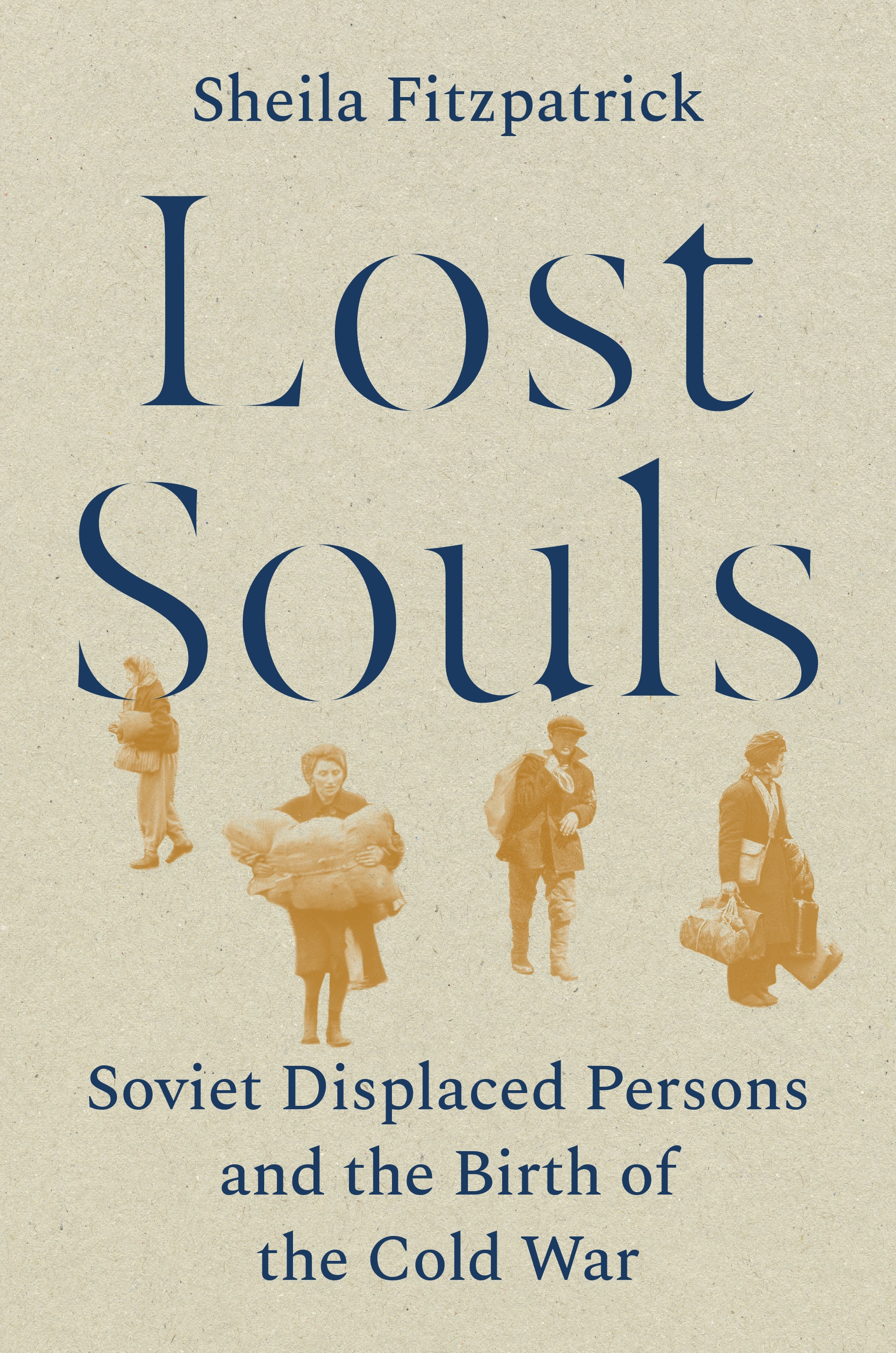
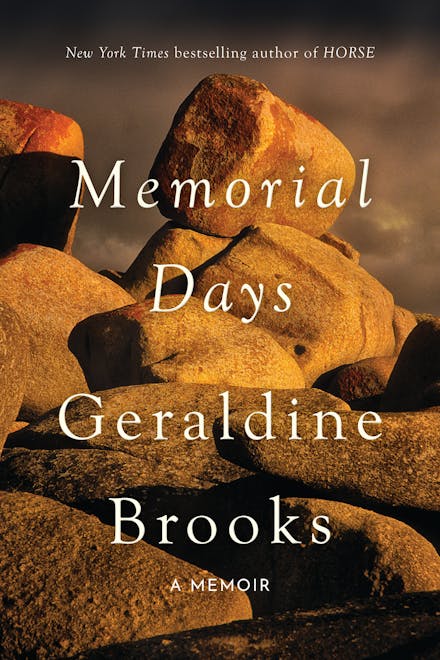
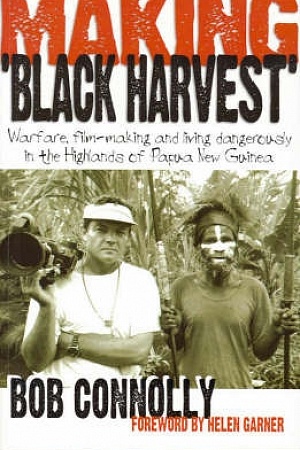







Leave a comment
If you are an ABR subscriber, you will need to sign in to post a comment.
If you have forgotten your sign in details, or if you receive an error message when trying to submit your comment, please email your comment (and the name of the article to which it relates) to ABR Comments. We will review your comment and, subject to approval, we will post it under your name.
Please note that all comments must be approved by ABR and comply with our Terms & Conditions.